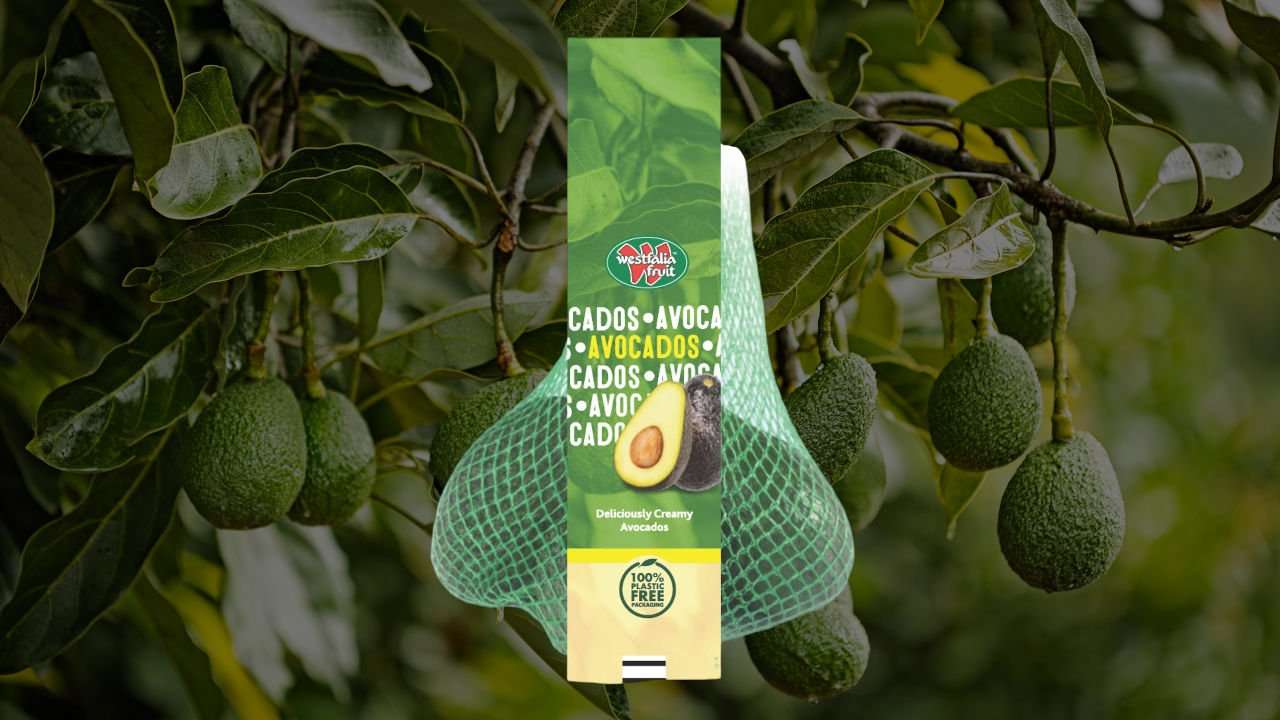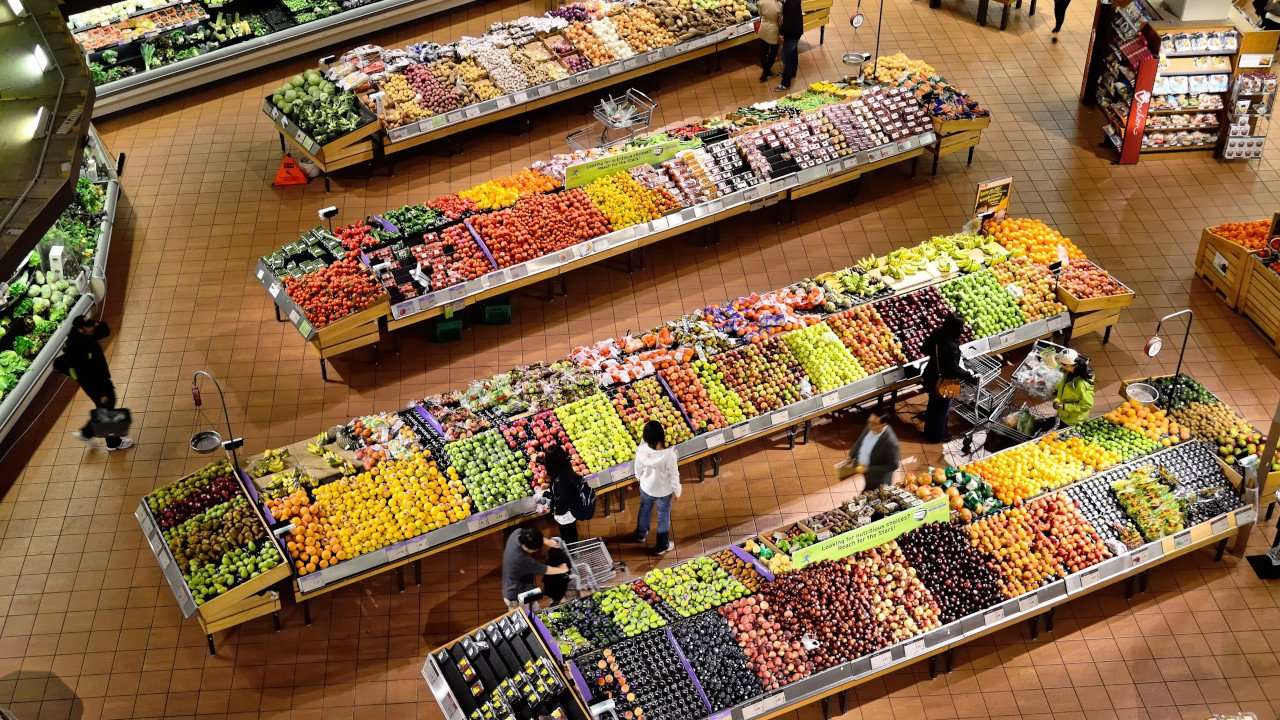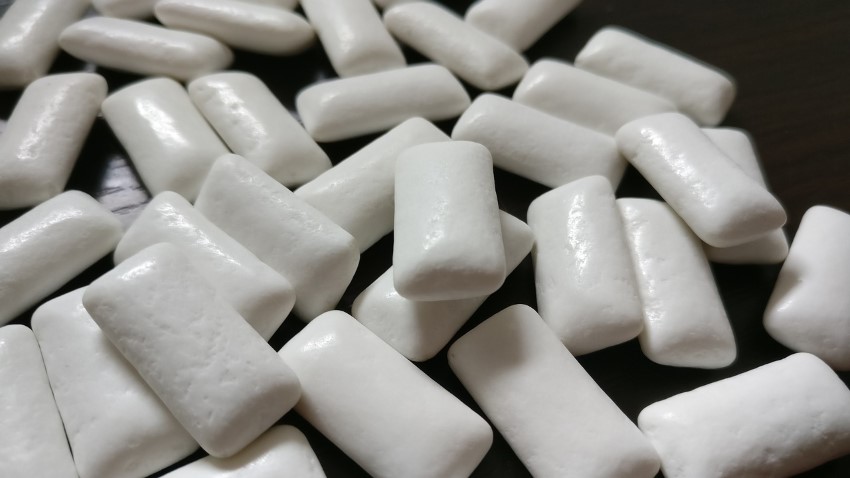Research shows that eating more fruits and vegetables is important not just for physical health, but also for mental health. This extends to feeling great about caring for the earth by understanding the sustainability story of choosing fruits and vegetables first.
Recyclable, compostable and sustainable are just some of the many words used to talk about fruit and vegetable packaging, making it difficult to know – how can you feel good not just about what you’re eating, but also how it impacts the entire world?
When you talk with retailers, customers and followers about packaging for fruits and vegetables there two very important topics to consider and emphasize: food safety and food waste.
Packaging has a purpose. For fruits and vegetables, that purpose plays at least 3 roles. Firstly, it’s designed with food safety in mind. Secondly, it’s created to extend shelf life and ensure food stays fresher longer. Thirdly, it’s created for consumers.
Because of the wide variety of fresh produce, a wide variety of packaging is needed as well. For example, an apple or citrus fruit which has a durable skin or rind, does not need to be kept cold, and has a relatively long shelf life may only require the smallest form of packaging – the PLU sticker. Other products, like mixed salads, require packaging to keep pathogens and other food safety concerns out of the product.
While there have been incredible innovations to create recyclable, compostable, and other types of sustainable packaging, there is no alternative that exists that can replace plastic as a food safety solution at this time.
That is one of the major reasons the produce industry is so invested in creating new sustainable packaging options. There have been great innovations from a home compostable PLU sticker to plant-based packaging materials.

Westfalia Fruit uses a 100% plastic free bag featuring TÜV-certified netting made of home compostable cellulose fiber yarns and paper-based film.
This isn’t to say that a product’s packaging necessarily makes it more or less sustainable than other products because you truly have to look at its entire lifecycle. Packaging is just one of many components that factor into sustainability measures. For example, the amount of energy needed to create certain types of packaging. Did you know that the price of gas is directly linked to the price of packaging? If gas prices are high, it may cost
a company more to purchase new clamshells for their product and less for recycled plastic. On the other hand, if gas prices are low, those recycled clamshells may be more expensive.
Cost of packaging is not the only challenge. Many fruits and vegetables go through packaging and processing plants on their way from the field to the store. These plants have huge, custom machines that have been built to support specific types of packaging. The infrastructure is needed to process food quickly, so it reaches the store as safe and fresh as possible. It also means that a company can’t easily pivot from a plastic clamshell
to cardboard and back again even if the cost of different materials fluctuates. When considering cost of all of their inputs, growers also have to consider where that cost is made up and many times – because the margins are already very thin – that ends up being passed to consumers.
Growers are also concerned with the performance of the packaging for keeping food fresh and safe. For example, using carboard to ship apples, for example, can be a great solution as apples are kept relatively cold and dry. Strawberries, however, are grown in hot environments with high moisture, cardboard could fall apart under those conditions. It is important for consumers to understand that the produce industry does not consider sustainable packaging to be a luxury, but rather a necessity for the health of our planet and for ourselves. It’s also been widely known for quite some time that plant-forward eating is one of the choices we can make to lighten our environmental impact and feel good about our food choices. As you communicate about fruit and vegetable packaging and sustainability please keep these three things in mind:
1. Packagin has a purpose: to ensure that the products that reach you are safe and fresh.
2. The produce industry is committed to creating new, sustainable packaging option and innovation from is always coming.
3. Choosing fruits and vegetables is a decision to feel great about because it supports your physical and mental health as well as the health of the planet.
Written by:
Tamara Muruetagoeina, Vice President of Sustainability, International Fresh Produce Association.



